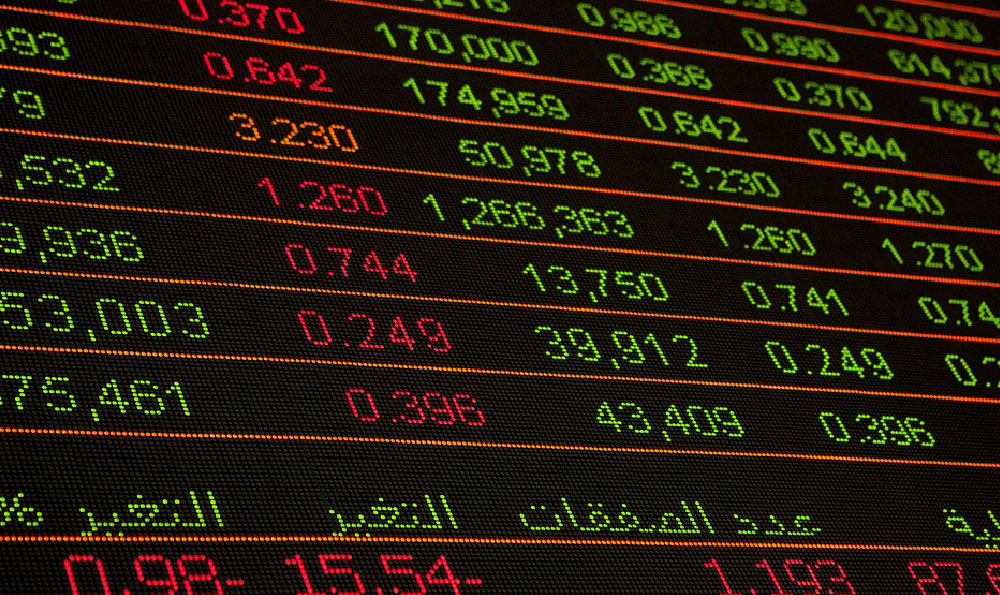how much money can you make with day trading

Day trading in the cryptocurrency market can be a lucrative endeavor, but its profitability hinges on a complex interplay of market conditions, technical proficiency, and strategic discipline. Unlike traditional stock markets, where price movements often reflect macroeconomic trends, the crypto space is driven by algorithmic trading, speculative demand, and blockchain innovations, which compound both opportunities and risks. Understanding these dynamics is essential for anyone seeking to maximize earnings while mitigating potential losses.
The cryptocurrency market's high volatility creates a unique environment where small price fluctuations can translate into substantial gains or losses within short timeframes. For instance, Bitcoin's price can swing by 10% in a single day due to regulatory announcements, macroeconomic shifts, or sudden changes in market sentiment. This volatility is both a blessing and a curse: while it allows traders to capitalize on rapid price movements, it also demands a higher level of emotional control and analytical precision. Successful day traders in this space often leverage tools like order books, market depth charts, and real-time news feeds to stay ahead of supply and demand shifts.
Technical analysis plays a pivotal role in identifying short-term trading opportunities. Indicators such as moving averages, RSI (Relative Strength Index), and Bollinger Bands help traders anticipate potential price reversals or breakouts. For example, a trader might use the Bollinger Bands to determine entry points during periods of low volatility, while the RSI can signal overbought or oversold conditions. However, these tools are not infallible—market anomalies, such as the 2021 "FOMO" rally for NFTs, often defy traditional technical patterns. This underscores the importance of cross-referencing data with fundamental analysis, such as blockchain protocol upgrades or adoption metrics, to make informed decisions.

Profitability in day trading crypto also depends on a trader's ability to execute strategies efficiently. High-frequency trading (HFT) platforms and advanced order types, like limit orders and stop-loss orders, enable traders to automate trades and reduce emotional biases. For instance, a trader might set a stop-loss order at a 5% discount from their entry price to protect against sudden downturns. However, these strategies require significant capital to absorb slippage and transaction costs, which can erode profits over time. Automated trading systems further face challenges due to the unpredictable nature of market events, such as the 2020 panic sell-off triggered by the collapse of the Celsius Network.
The psychological demands of day trading crypto are often underestimated. Traders must resist the urge to chase quick gains, which can lead to overtrading and exposure to unseen risks. For example, a trader might be tempted to sell a coin at a slight profit only to miss a broader bullish trend. Conversely, holding onto losing positions out of fear of further declines can result in substantial losses. Building a resilient mindset through practices like meditation, journaling, and strict risk management protocols is crucial. Many seasoned traders emphasize the importance of maintaining a "cool head" to avoid impulsive decisions, especially during market stress.
Long-term profitability in day trading crypto ultimately stems from a trader's ability to adapt to evolving market conditions. The emergence of new cryptocurrencies, DeFi platforms, and stablecoins has created diverse trading opportunities, but it has also introduced challenges. For example, the rise of spot trading versus futures trading has altered risk profiles, with futures contracts offering leverage but exposing traders to margin calls. Similarly, the integration of AI-driven analytics has transformed how traders assess market trends, although overreliance on algorithms can lead to herd behavior.
To thrive in this competitive landscape, traders must focus on developing a comprehensive understanding of the market's infrastructure. This includes studying blockchain networks, liquidity pools, and exchange protocols to identify inefficiencies. For example, arbitrage opportunities often arise when price differences exist across exchanges, and skilled traders can exploit these discrepancies for profit. Additionally, mastering the use of leverage and margin strategies is critical, but it requires a deep understanding of how these tools amplify both gains and losses.
The question of how much money one can make is ultimately contingent on factors beyond technical skill alone. Market trends, regulatory changes, and macroeconomic conditions all play a role. For instance, the 2021 bull run saw some traders profit from 500%+ gains, while the same period also witnessed massive losses for those who failed to adapt. This variability emphasizes the importance of diversifying strategies and maintaining a long-term perspective, even when focusing on short-term trades.
In conclusion, day trading crypto offers the potential for significant financial rewards but is not a guaranteed path to wealth. Success requires a combination of technical expertise, psychological resilience, and strategic adaptability, all of which must be cultivated through continuous learning and practice. By understanding the market's nuances and employing disciplined risk management, traders can navigate the crypto market with greater confidence and achieve sustainable profitability.
Key Considerations for Profitability
1. Market Volatility: while it creates opportunities, it also demands strict risk control to prevent catastrophic losses.
2. Capital Allocation: the amount of capital available directly influences profit potential and the ability to withstand market downturns.
3. Psychological Discipline: traders must avoid emotional decisions and adhere to pre-defined strategies.
4. Adaptive Strategies: successful traders frequently update their methods to align with changing market dynamics.
5. Regulatory Environment: understanding legal frameworks and compliance requirements is vital to avoid penalties.
In essence, day trading crypto is not a passive activity but a complex process that requires constant vigilance and a deep understanding of market mechanics. The real question is not how much money can be made, but how effectively one can harness the market's volatility without succumbing to its inherent risks.















